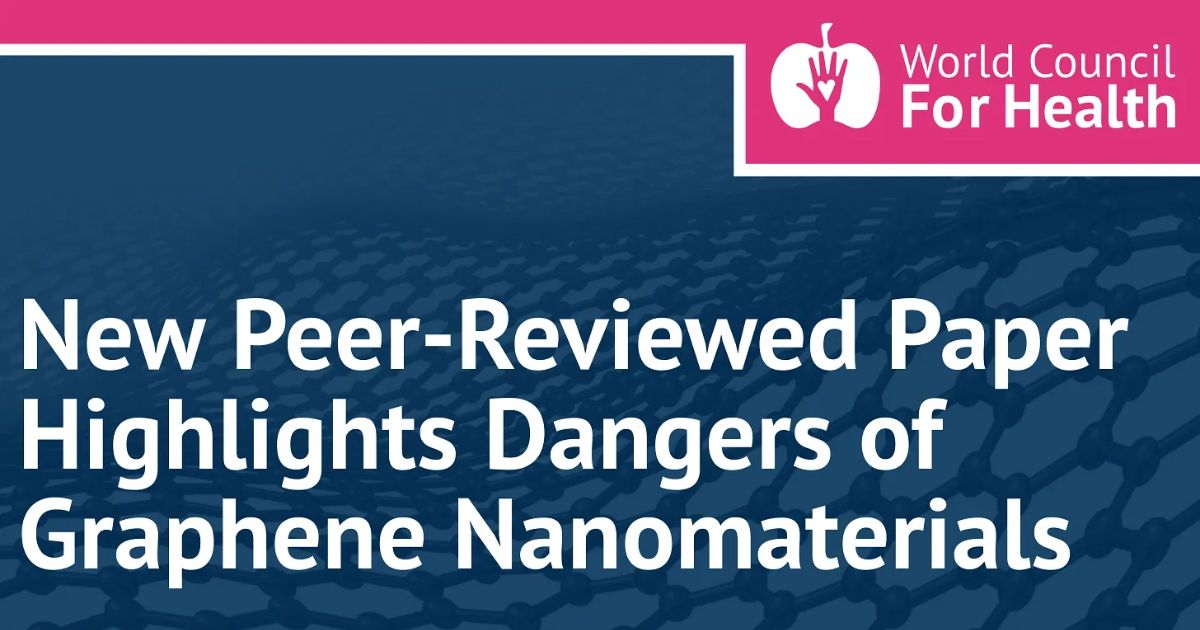Health
New Peer-Reviewed Paper Highlights Dangers of Graphene Nanomaterials
The groundbreaking paper also empowers those looking to remove graphene contamination from biological systems.

This article originally appeared on the World Council for Health Substack and was republished with permission.
A new peer-reviewed scientific journal article on the dangers of graphene nanomaterials is out now in the journal Nano Biomedicine and Engineering and is currently the most accessed article of that journal.
The article summarizes the different applications that graphene nanomaterials have been introduced into—including the food industry, biomedicine, aerospace, and materials science.

Graphene nanomaterials have many routes and mechanisms of toxicity, which are explored in the article. Importantly, the article also explores how to degrade graphene oxide, which can be accomplished through several mechanisms.
This article empowers anyone looking to remove graphene contamination from biological systems, enabling the development of ecosystem bioremediation services and mechanisms for removing graphene nanomaterials from the human body if necessary. Other medical professionals may build off of this summary. It must be stressed that this is preliminary scientific work and not medical advice.
Potential agents for the degradation of graphene nanomaterials include humic acid, Shilajit, kaolin, and bentonite nanoclay.
Our bodies also have the capacity to degrade graphene oxide via the enzyme eosinophil peroxidase, which is produced by eosinophils, a type of white blood cell, in the presence of low concentrations of hydrogen peroxide and sodium bromide. Myeloperoxidase (MPO) is produced by neutrophils in the presence of low concentrations of hydrogen peroxide, and can also degrade graphene oxide. Horseradish peroxidase and nitric oxide can also degrade graphene oxide.
The focus of this work remains solutions-focused—at the World Council for Health, we say, “Be a warrior, not a worrier”. This article contributes to those concerned about the health impacts of graphene nanomaterials and how to clean them up from our environment and bodies. We are grateful for your support of the World Council for Health, which allows us to perform original research.
Copyright 2024 World Council for Health
-

 Health2 days ago
Health2 days agoWhat Have Vaccines Done to Us? The Truth is Disturbing
-

 Health3 days ago
Health3 days agoNew WEF Report Reveals the Global Elites’ Shocking Plan to Enforce Vaccination
-

 News1 day ago
News1 day agoNikki Haley Reveals Her New Job After Dropping Out of 2024 Presidential Race in Disgrace
-

 News1 day ago
News1 day agoWhy You Should Never, Ever Voluntarily Talk to the FBI






















